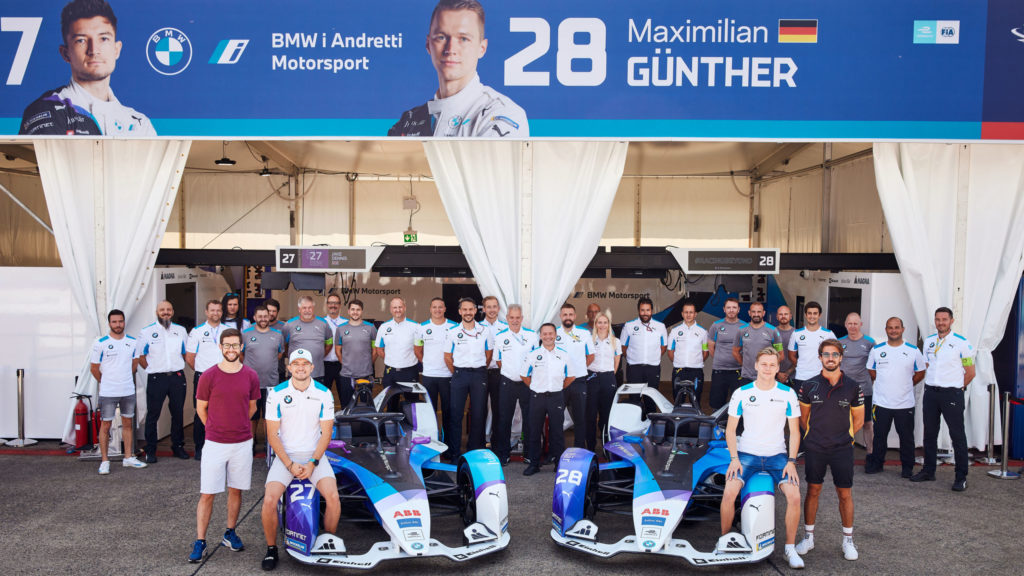As BMW ended its factory involvement in Formula E after the mid-August season finale in Berlin, it made a statement of what it had gained from the series and why it was time to leave. One of the oldest cliches in motorsport is that “racing improves the breed.” BMW contends that it gained a great deal from its seven-year involvement as a provider of official vehicles to the series and its three years with the BMW i Andretti Motorsport works team. It also noted that the opportunities for transfer from Formula E racing to production had run their course.
BMW is not the only manufacturer to leave the series; Along with BMW, Audi announced its departure at the beginning of the current season, and Mercedes has announced that it will be leaving at the end of the 2022 season. A number of manufacturers remain, including DS Automobiles, Jaguar Land Rover, Mahindra, Nissan, NIO, and Porsche. Andretti will continue to run the BMW powertrain in the series’ season eight that begins in January. The powertrain has been homologated for the season, the last before the series’ new “Generation 3” powertrain is introduced.
BMW’s statement of what it has learned from its participation in the series was included in the last press release from the Berlin race weekend. It is included below, to demonstrate the extent of transfer from racing to the road. Could there have been more? Perhaps, but despite the focus of the company and the entire industry on electric vehicles, management believes that the series’ near-term potential does not warrant the cost of continuing.—Brian Morgan
“From the word go, the driving force behind the involvement of BMW i and BMW Motorsport in Formula E was the development of innovative technologies in the area of electromobility, which are also relevant for series production. Most of the opportunities for technology transfer between motor racing and production have largely been exhausted. An enormous amount of knowledge gained has been included in the fifth generation of E-drivetrains, which are already on the road in the BMW iX3 and will continue to be applied in the BMW iX, the BMW i4, and other fully-electric vehicle models.
Examples:
- The control software in the high-voltage range, which controls the emotor after the inverter, is used in the BMW Formula E car, as well as in the current BMW i3, MINI Cooper SE, BMW iX3, and the coming GEN 5 vehicles, including the BMW iX and the BMW i4.
- Knowledge gained from the highly complex energy management in Formula E can also be transferred to series vehicles when considering how much energy to apply at which point in the driving cycle, to generate maximum efficiency and range.
- Tests, competitive racing and further development of extremely effective cooling technologies and materials in Formula E contribute to a significant improvement in energy efficiency for series drivetrains.
- Power density of the e-motor, thanks to very compact design.
- Advance development of silicon carbide technology for future generations of inverter.
- Advantages of the silicon carbide technology:
- Maximum efficiency through MOSFETS with minimal switching and conducting losses and an effective cooling
system).- High gravimetric power density.
- Reduced weight thanks to kevlar housing.
- Increased experience with high-powered transmissions in Formula E results in the development of a bandage for the rotor, which also enables increased revs in series.
- Optimized use of the constructed space in the vehicle thanks to new knowledge about functional integration and packaging of the drivetrain, including auxiliary units.
- Experience in the handling and operation of 800V voltage level including safety concepts.”
[Photo of BMW i Andretti team along with former drivers Alexander Sims (next to Jake Dennis) and Antonio Felix Da Costa (next to Max Günther) courtesy BMW Motorsport.]
